Cocooning is staying inside one’s home, insulated from perceived danger, instead of going out.
The fear and frustration being felt across the world by restrictions imposed to protect public health are extreme for many of us. Who doesn’t enjoy the freedom to gulp down draughts of fresh spring air, to enjoy physical movement, to hear the birds sing, bees hum and enjoy the visual accompaniments of the season?
Perhaps most accept the strictures are necessary however much we detest these limits. There is, of course, the prospect of freedom in the future, whenever that will be. That prospect will motivate some; just as lent ends and Easter arrives, just as winter is followed by spring, just as the night is succeeded by dawn, we will move away from this unwelcome, worrying and unhappy time.
Perhaps we should look at this enforced confinement as a time of growth, unseen, undetected but no less profound for that. We might see it as a time of delay needed for growth. We might see it as an interruption. In fact, we have examples of all three situations in the world of butterflies.
Growth Unseen
The clearest example of concealed development lies within the pupa. The ancient Greeks thought of the pupa as a shroud but the insect is undergoing dramatic and profound growth. Some of the development that transforms a caterpillar into a butterfly actually happens in the final stage of the larva but it is within the pupa that the powerful morphological alterations occur. Sometimes the pupa does not last long. It can last less than a week in some species in good weather but may last several months when the pupa is the over-wintering stage. Take an Orange-tip caterpillar that pupated in June-its pupa might last a full year or even two, if it over-winters twice, which can happen in this species-a mechanism (pupal diapause) to protect the species against a bad year.
The pupa is not pretty. It is not meant to be. It is meant to conceal the developing butterfly. To look at a pupa is, quite often to look at a wrinkled, aged-looking shrivelled being, a decayed leaf, a withered dropping, a fragment of bark. Yet when ready, the pupa hatches delivering what in many cases appears to be the purposeless splendour of a ravishing confection. A dazzling master of flight succeeds stillness and confinement.
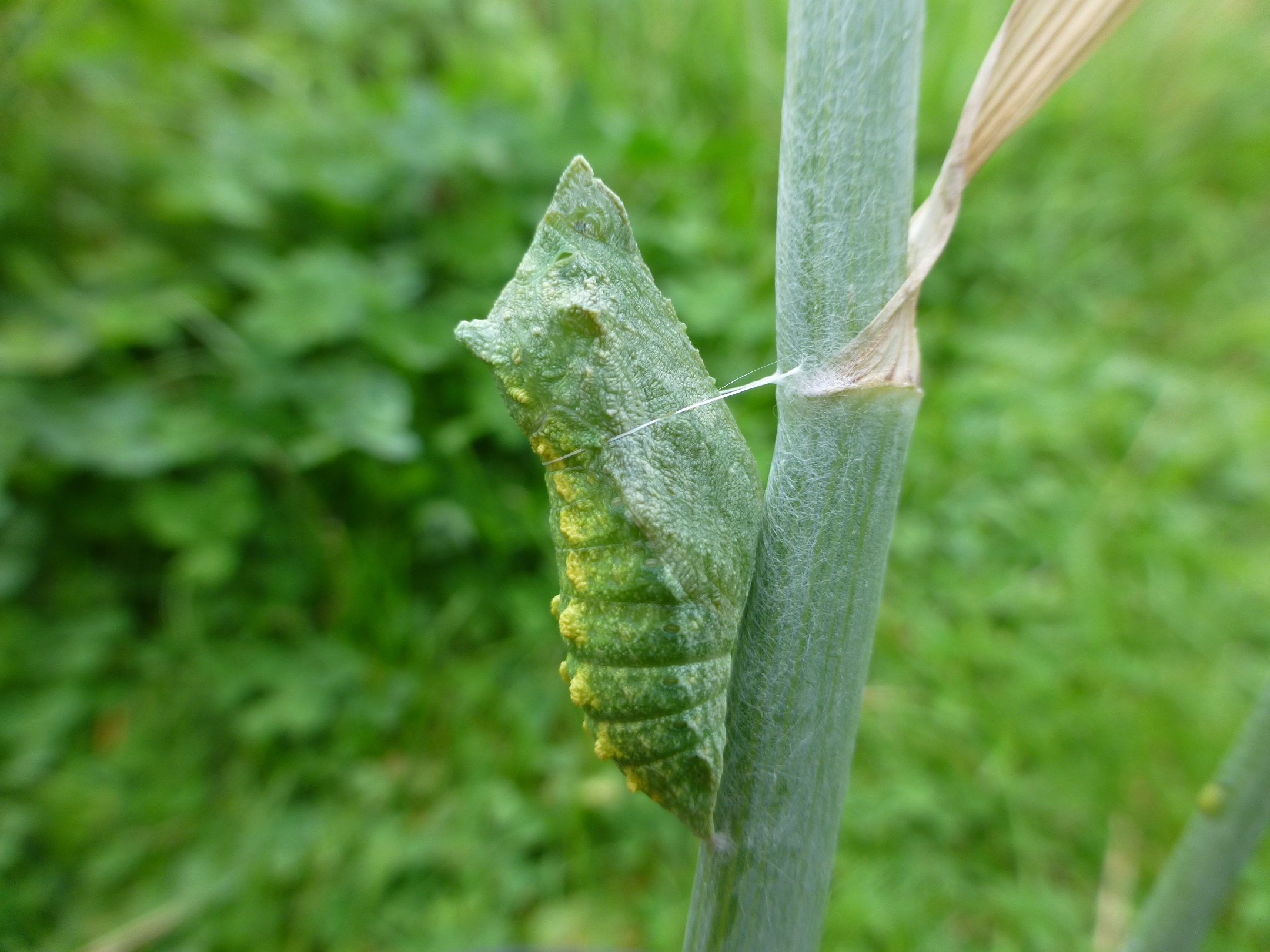
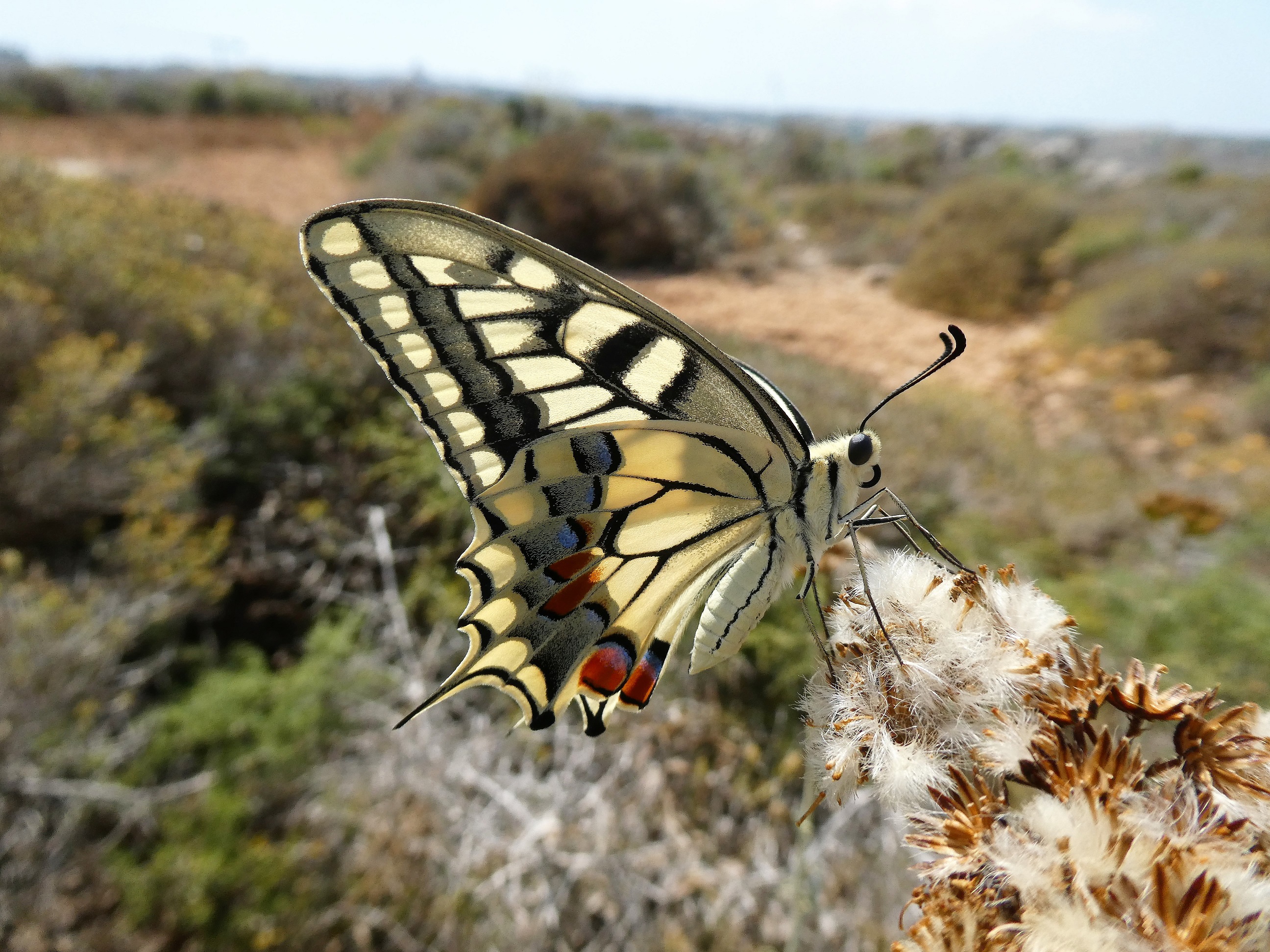
Interruption
Sometimes an intervention occurs that interrupts our lives. In southern Europe, extreme summer heat makes life extremely difficult for some adult butterflies. Some can migrate and resume their lives elsewhere-the Painted Lady and Red Admiral can use this strategy. But not everyone has the flight muscles for this task.
One such butterfly is the Meadow Brown butterfly, which occurs throughout Europe, including Ireland. In the southern coastal regions of the Mediterranean and the Mediterranean Islands, it can get dangerously hot. Foodplants are not in good condition for egg-laying and even if they are, venturing out in the heat can easily kill. Avoiding the heat is not easy for a butterfly that must remain active. The response of the Meadow Brown (and other species) is known as aestivation. It rests in the deepest shade it can find, usually in dense scrub or in woodland, waiting for summer’s heat to pass. During a period of extreme heat, the Meadow Brown will slip out for a quick sip of nectar in the morning but quickly returns to the shade.
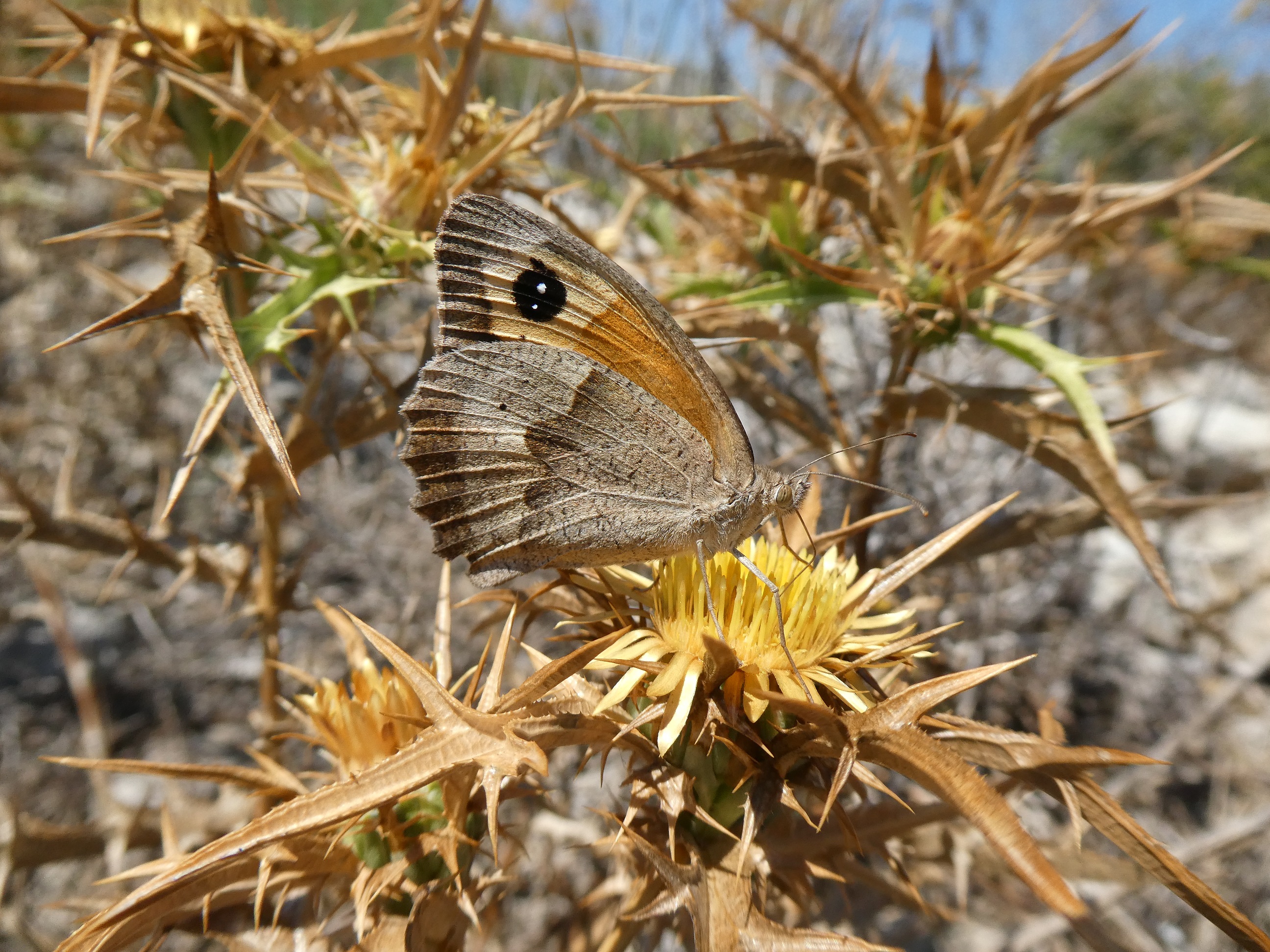
Delay
Sometimes there are circumstances when plans must be postponed. Some species have the ability to enter a state known as diapause. This phenomenon can occur in all life stages; the stage in which it occurs is determined according to the species. Diapause helps the species deal with adverse conditions that will occur with the less suitable conditions that will take place with seasonal changes. Diapause is controlled by brain hormones and is usually triggered by signals in the environment that foreshadow unfavourable conditions. Once diapause has begun, metabolic activity is suppressed even if conditions favourable for development continue. This period of diapause is characterised by altered or reduced behavioural activity. Diapause in the egg, larva and the pupa confers increased resistance to the dangers of extreme winter weather.
The Small Copper may produce a third generation in some autumns but under cooler temperatures and falling sunlight levels in dull, cloudy conditions in late summer and early autumn, the larvae enter a diapause state. They cease feeding, change colour and hide deep in vegetation until the diapause stage is terminated in spring.
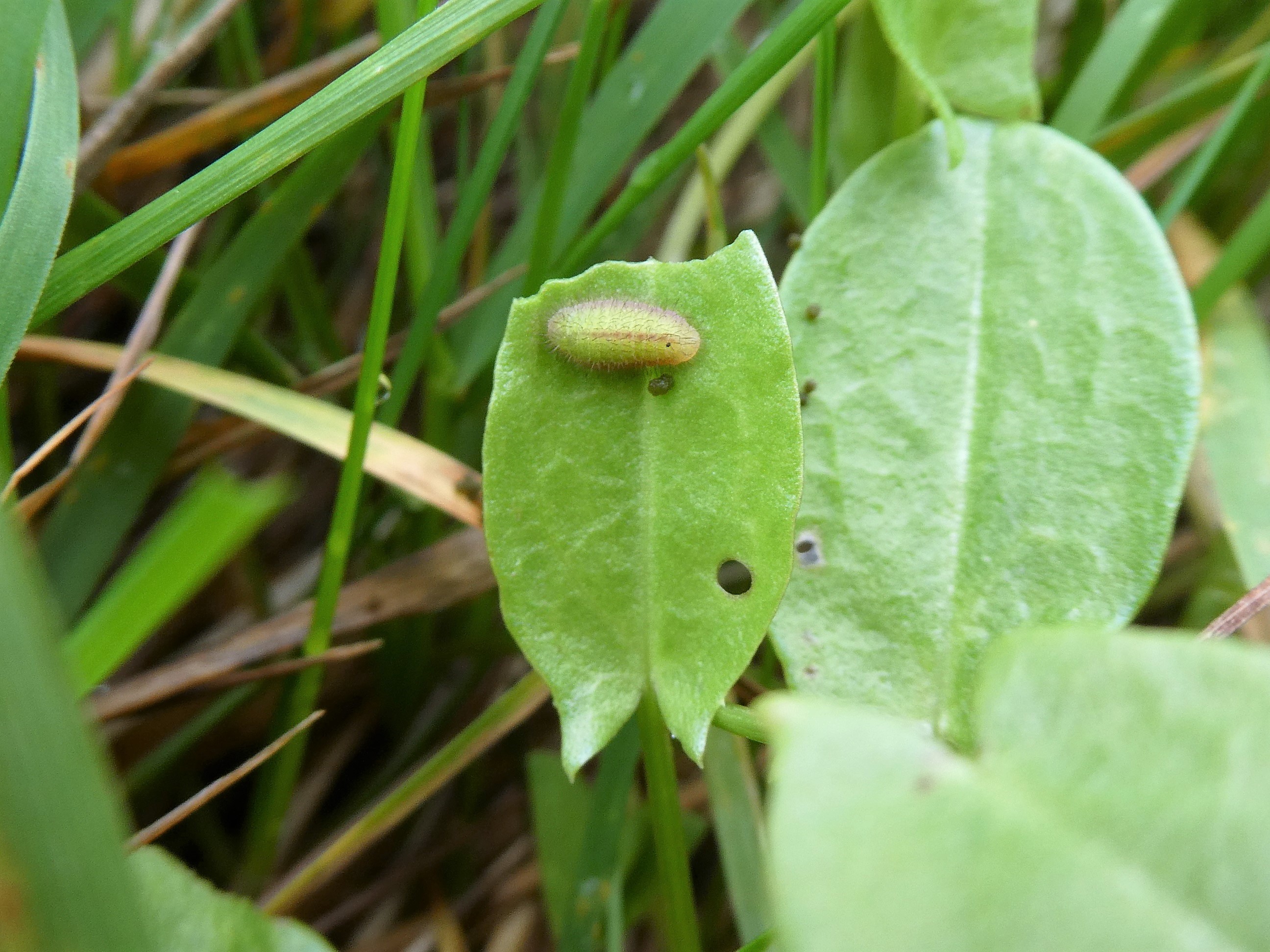
However, in spring when conditions improve, diapause is terminated, larvae resume their pre-diapause colour and feed eagerly. In late spring and early summer, the adults fly. As you can see from the photo below, it’s worth waiting for.
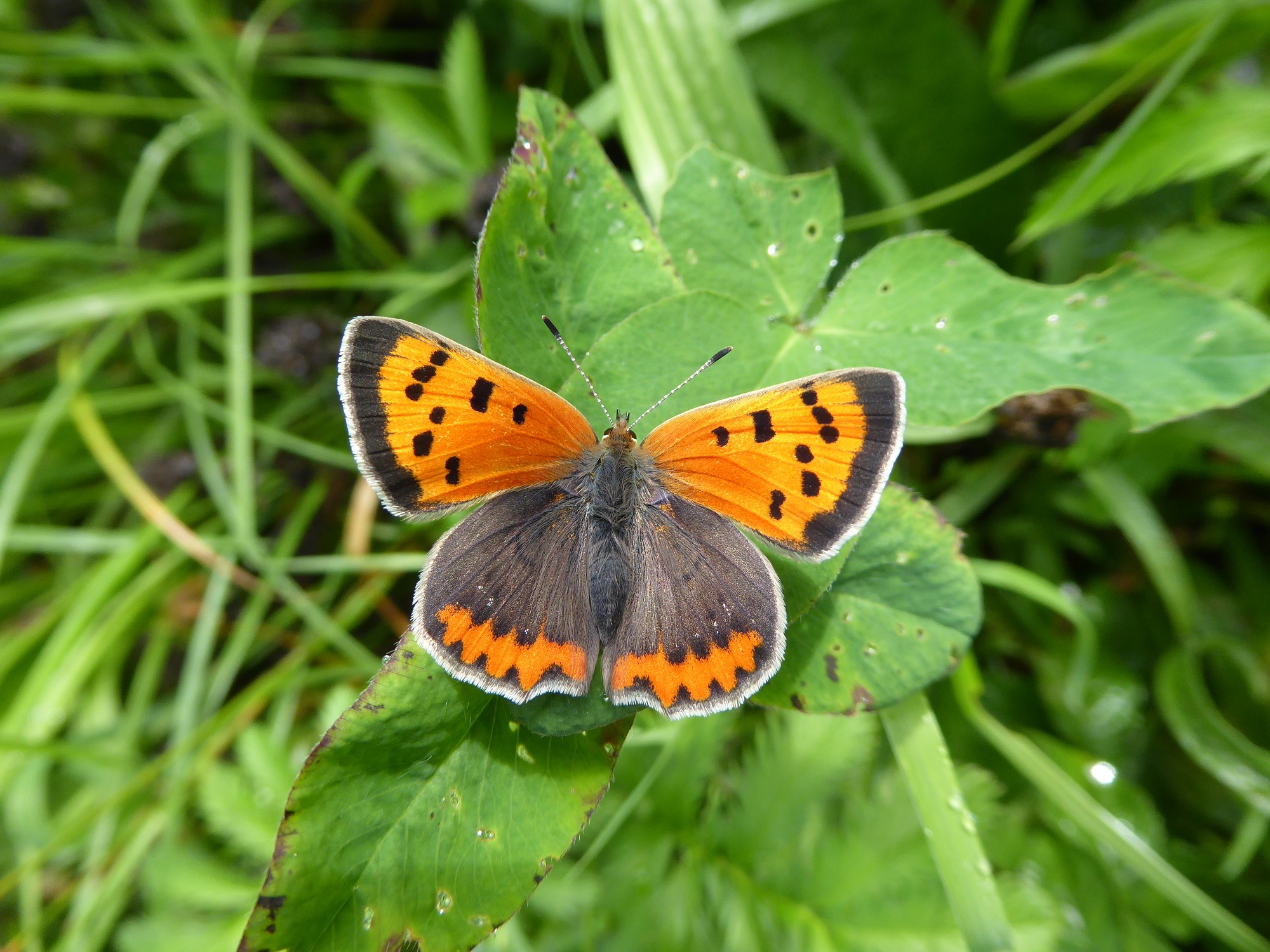
There may be different reasons for diapause occurring in the adult butterfly. The Brimstone butterflies hatch from their pupae in summer but they do not breed during the year of their birth but delay reproduction until the following spring when the larval foodplant is in the right condition.
As we can see, nature has its reasons for putting activity on hold. Nature has much to teach us. We have much to learn. With the excitement that arises from discovery, I hope there will always be more to learn.

